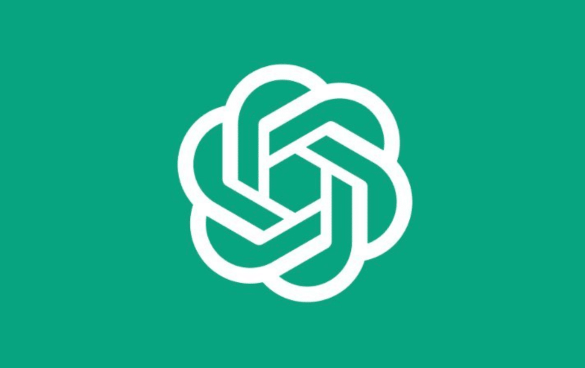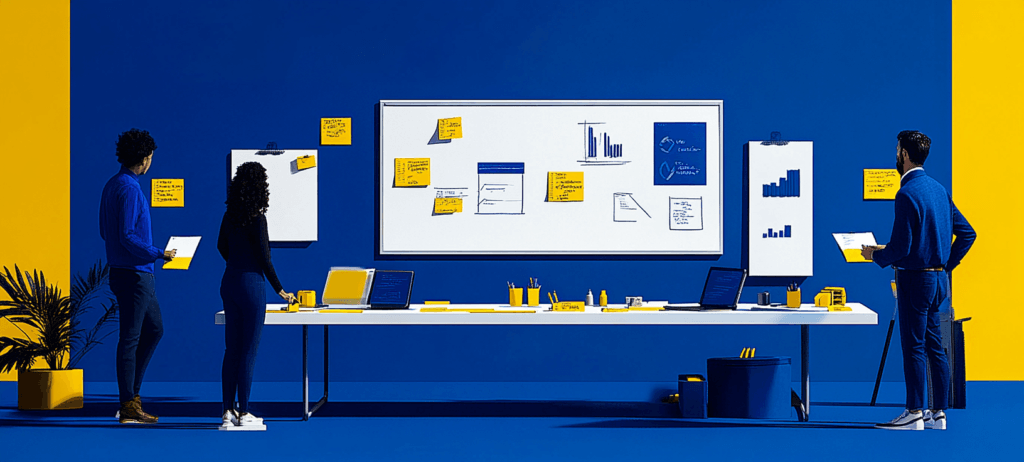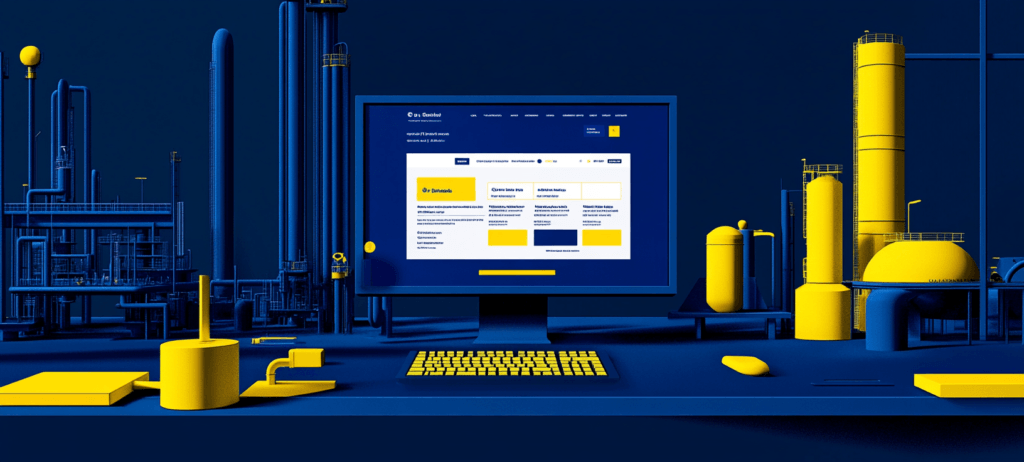-
 8 min. read
8 min. read
-
 Trevin Shirey
Trevin Shirey VP of Marketing
VP of Marketing
- Trevin serves as the VP of Marketing at WebFX. He has worked on over 450 marketing campaigns and has been building websites for over 25 years. His work has been featured by Search Engine Land, USA Today, Fast Company and Inc. Read his review of working with WebFX for the last 15 years.
Every marketer is familiar with the sales funnel. The top of the funnel introduces someone to your brand, the middle gives them the information they need to make a purchase, and the bottom converts them into customers. But even though it’s popular, the sales funnel isn’t the only (or best) way to evaluate your conversion process.
There’s also the customer journey. But what is the customer journey? And how is it any different from the sales funnel?
We’ll take a look at that right now. If you want to improve your customers’ experience with your company, read on!
What is the customer journey?
 The customer journey is similar to the sales funnel in that it shows how someone becomes your customer. But instead of focusing on the information you offer, the customer journey is based on buying phases and emotional responses from the customer’s perspective.
The customer journey is similar to the sales funnel in that it shows how someone becomes your customer. But instead of focusing on the information you offer, the customer journey is based on buying phases and emotional responses from the customer’s perspective.
There are a couple different interpretations of the customer journey floating around the Internet, but they all have the same basic premise. For this post, we’ll look at a five-step version of the customer journey.
- Inquiry
- Comparison
- Purchase
- Follow-through
- Feedback
Inquiry is the very beginning of the customer journey. It represents the time a customer spends reading up on your industry, business, services, and more. Basically, they want to inform themselves so they can better determine what they want.
Comparison is when a customer looks at multiple companies that offer solutions to their problems. That includes you and your competitors. This is the phase where a new customer will first contact you (and others) for information so that they can be sure they fully understand their options.
Purchase describes the phase when a customer actually buys from you. And while this is great for your business, it’s not the end of the customer journey. Follow-through represents you delivering on your promises to your customer.
They paid you, and now you need to supply them with your goods or services. For both you and your customer, this is the most important part of the journey since it gives customers what they want and shows whether or not you’re dependable. Feedback is the shortest step of the customer journey.
It requires you to ask customers how happy they were with your work when they bought from you. This is a great opportunity to get suggestions on how to make your products, service, and company better so you can get more customers in the future. So now that we have the customer journey down, how does marketing work in it?
Read Related: What is Automated Journey Logic?
The role of marketing in the customer journey
 Marketing has multiple purposes in the customer journey, but its primary function is to help move customers through the first three phases.
Marketing has multiple purposes in the customer journey, but its primary function is to help move customers through the first three phases.
In fact, you can find a form of marketing that fits each of the customer journey’s first three parts.
Inquiry — General information
During the inquiry process, your potential customers are looking at your top-of-funnel content, usually pages that answer common questions in your industry. For example, if you sell affordable laptops, your potential customers may search for phrases like “best computers for college” or “best computers under $300.” Likewise, someone looking to buy high-end mining equipment may search something like “best coal diggers” or “safest mining explosives.” Regardless of your industry, the inquiry process is always the same. A customer wants to learn as much as they can before spending their money, and they start the learning process by reading content online.
That’s why it’s so important to publish authoritative, informative, and helpful content online. Without it, your website won’t be able to attract new customers in the beginning phases of their journey.
Comparison — Pricing, quality, and other differentiators
When a customer enters the comparison phase, they need to know more information about your company to help them make a smart decision. Most of the time, that means they need to see your pricing.
That’s just one reason why it’s a good idea to publish your prices online. Although it’s only necessary for ecommerce retailers, sharing pricing information can also be useful for B2B companies as well. If there’s a standard for your price — or even a minimum that you require — you should show it to your potential customers so they at least have an idea about the cost of working with you.
Even if the price isn’t exact, you can still publish it with a disclaimer that you’ll provide a more accurate quote when a potential customer contacts you. But on your site, a ballpark price range may be enough for a potential customer to determine whether or not your services are within their price range. The comparison phase also includes information about the quality of your products or services.
If you or your staff has won awards, this is the time to show them too. Just the fact that you earned an award can speak worlds about your business. Your quality pages can also include testimonials from previous customers.
These testimonials should highlight the quality of your company, your dependability, or something else that sets you apart from your competition. With these pages on your site, you can appeal to your niche more effectively and convince them to proceed to the next step in their customer journey.
Purchase — Buy buttons, order forms, contracts, etc.
Now that the customer has evaluated their options, they’ve chosen to purchase from you. This phase can be as quick as clicking a button or as extensive as a two-hour phone call to set up specifics.
Either way, you need to have a place on your website where someone can at least initiate a purchase, if not do it completely. These buying pages (or “conversion pages”) are essential for your company because they’re the final step in a customer conversion. If you want new customers, you have to give them the chance to become new customers.
Ecommerce companies can do that easily by letting someone shop around and click a button. For B2B companies, the process is more complex since the focus is on leads and gradual conversions as opposed to quick buys. But no matter how you approach it, the end goal is always the same — a new customer.
Follow-through — Delivery
Now that they’ve paid you, it’s time for you to follow through on your promises.
Like the purchasing process, this phase can be brief (like sending someone a package) or long (installing a new fiber line for Internet service). But this is the phase that makes the biggest impact on your customers. It’s also important to note that the sales funnel model doesn’t extend this far — but it’s every bit as important as the other steps in the customer journey.
Successfully completing the follow-through phase doesn’t just mean giving your customer what they want, either. That’s just one small part of it. The rest of it is in presentation, customer service, and making your customer feel valued.
Sometimes that can be shown with something like a receipt that you email to a customer on behalf of your ecommerce store. Other times it means offering a year-long warranty on some aspect of your product or service. But no matter what it entails for you, it’s important that you deliver quickly and reliably.
Customers may have gone through your sales funnel, but you’re still in their customer journey. In terms of marketing potential, this step is where you have a chance to create a lifelong customer based on the quality of your service. And believe it or not, lifecycle marketing strategies like lifecycle email can keep you in touch with customers for years after they’ve bought from you.
But, what is lifecycle marketing? Lifecycle marketing helps you implement strategies that retain your customers while also generating new leads and conversions. Sending emails to previous customers is a great way for you to get them to come back to you days, months, or even years after their initial purchase.
That ensures consistent revenue for your business over time, and you can repeatedly please your customers with your exceptional service.
Feedback — Making your company better
The journey ends when you’ve successfully completed your “end of the bargain” and the customer is satisfied. You can add a little extra to the end of this phase by sending email surveys to your customers and asking them about their experience with your business. Their feedback can provide you with valuable insight into what your company currently does well and what you can improve.
And with that information, you can make your next customer’s journey even better.
Bonus Read: Your Guide to Customer Journey Management
Do you track your customers’ journeys?
It’s important to understand your customers’ journeys so you can improve your marketing strategy as a whole. If you don’t do that yet, start small by sending customers a follow-up survey via email. Then, you can work backward and look at your purchasing pages, pricing pages, and content pages on your site.
And if you really want to see results, you can evaluate all of your site’s pages with a full site audit!
-
 Trevin serves as the VP of Marketing at WebFX. He has worked on over 450 marketing campaigns and has been building websites for over 25 years. His work has been featured by Search Engine Land, USA Today, Fast Company and Inc. Read his review of working with WebFX for the last 15 years.
Trevin serves as the VP of Marketing at WebFX. He has worked on over 450 marketing campaigns and has been building websites for over 25 years. His work has been featured by Search Engine Land, USA Today, Fast Company and Inc. Read his review of working with WebFX for the last 15 years. -

WebFX is a full-service marketing agency with 1,100+ client reviews and a 4.9-star rating on Clutch! Find out how our expert team and revenue-accelerating tech can drive results for you! Learn more
Try our free Marketing Calculator
Craft a tailored online marketing strategy! Utilize our free Internet marketing calculator for a custom plan based on your location, reach, timeframe, and budget.
Plan Your Marketing Budget

Proven Marketing Strategies

Proven Marketing Strategies
Try our free Marketing Calculator
Craft a tailored online marketing strategy! Utilize our free Internet marketing calculator for a custom plan based on your location, reach, timeframe, and budget.
Plan Your Marketing Budget
What to read next





